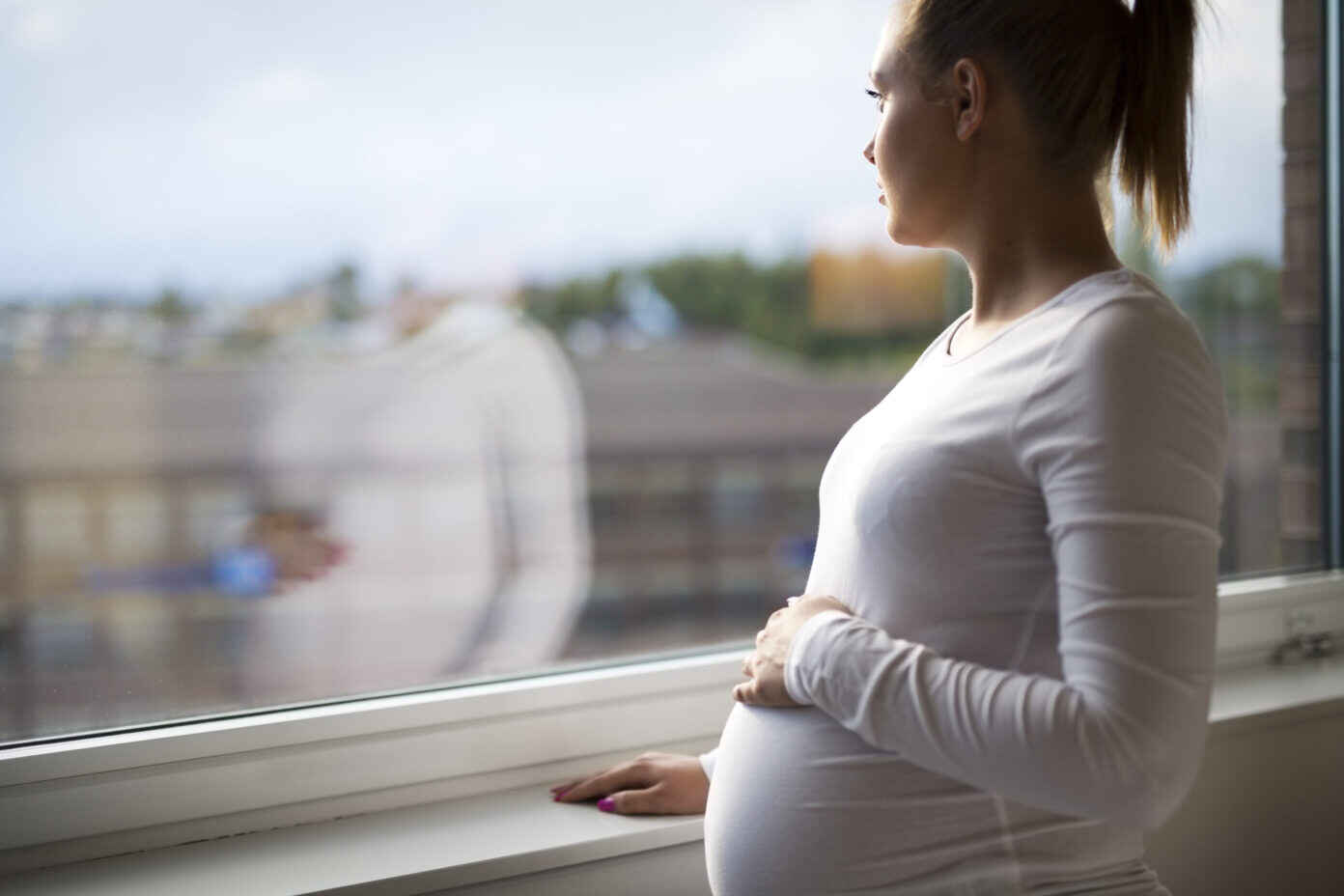We Need to Talk About Maternal Mortality and Gun Violence
February 6, 2025
Overview
Homicide is a leading cause of maternal mortality, and most homicides are committed using firearms. Studies report that, “[w]omen in the US are more likely to be murdered during pregnancy or soon after childbirth than to die from the three leading obstetric causes of maternal mortality.”

Gun violence is a public health crisis in the United States. Maternal mortality is also a public health crisis in this country. But it is the twin crises of gun violence and its impact on maternal mortality that are rarely discussed. Homicide is a leading cause of maternal mortality, and most homicides are committed using firearms. Studies report that “[w]omen in the US are more likely to be murdered during pregnancy or soon after childbirth than to die from the three leading obstetric causes of maternal mortality.” Black pregnant people are more likely to be murdered than pregnant people of other races. Most homicides are perpetrated by the current, or former, partner of the pregnant person.
In Texas, violent pregnancy-related deaths with a manner of death of suicide or homicide represented 27 percent of all pregnancy-related deaths. Firearms were the most frequent means of causing the fatal injury. Violence caused more deaths than obstetric hemorrhage or cardiovascular conditions. Violence also caused more deaths than obesity or substance use disorder. In Louisiana, homicide was the second leading cause of pregnancy-associated deaths. In California, “[w]omen who were pregnant in the year prior to death were significantly more likely to die by homicide than women who had not been pregnant within the prior year.” Between 2012 and 2020, three percent of pregnancy-related deaths in California were caused by COVID-19 while 8 percent were the result of homicide.
California has focused reviews on obstetric hemorrhage and COVID-19. But what would a focused review of pregnancy-related homicides look like? Only recently did the National Institutes of Health even resume funding for gun violence research and recent event cast doubt on that continuing. While interventions like frequent provider visits —which may catch medical issues including rising blood pressure in an expecting parent—and access to other reproductive care, like doulas, have both been shown to improve outcomes, these type of interventions may not work in the case of gun violence. But there are legal levers that can save lives. Dr. Maeve Wallace’s research on gun violence and maternal mortality has found that laws that prohibit domestic violence perpetrators from possessing firearms substantially reduced homicides of pregnant and postpartum people. The Supreme Court upheld such a law in United States v. Rahimi.
Another legal lever that may reduce homicides of pregnant and postpartum individuals are Red Flag laws, also called Extreme Risk Protection Orders. These laws allow for the confiscation of firearms from individuals who are a danger to themselves or others. These individuals (called respondents) are not charged with crimes nor are they civilly committed for mental illness. Respondents are given due process (notice of the action against them, a right to be heard by a court and an ability to appeal any decision). The orders can be temporary while an individual receives treatment, or permanent. Twenty-one states have these laws in place. In most states, family members and medical providers can request these orders directly. Law enforcement officers may also request these orders. California has a red flag law that has been used to prevent 58 mass shootings as well as countless homicides and suicides.
Neither Texas nor Louisiana has a red flag law. However, a poll found that 75 percent of Texas voters would support such a law in their state. With broad constituent approval, and constitutional safeguards, these laws carry little risk to policy makers and the general public; and they save lives. Dr. Maeve Wallace was just awarded a grant to study whether red flag laws impact rates of intimate partner homicide. Her research should be able to provide even more information to policy makers. If states are looking for ways to improve maternal mortality rates; preventing homicides should be a key part of efforts to do so.
This article was written by Joanna S. Suder, J.D., Senior Attorney, and was reviewed by Kathleen Hoke, Director, Network for Public Health Law—Eastern Region.
The Network promotes public health and health equity through non-partisan educational resources and technical assistance. These materials provided are provided solely for educational purposes and do not constitute legal advice. The Network’s provision of these materials does not create an attorney-client relationship with you or any other person and is subject to the Network’s Disclaimer.
Support for the Network is provided by the Robert Wood Johnson Foundation (RWJF). The views expressed in this post do not represent the views of (and should not be attributed to) RWJF.
